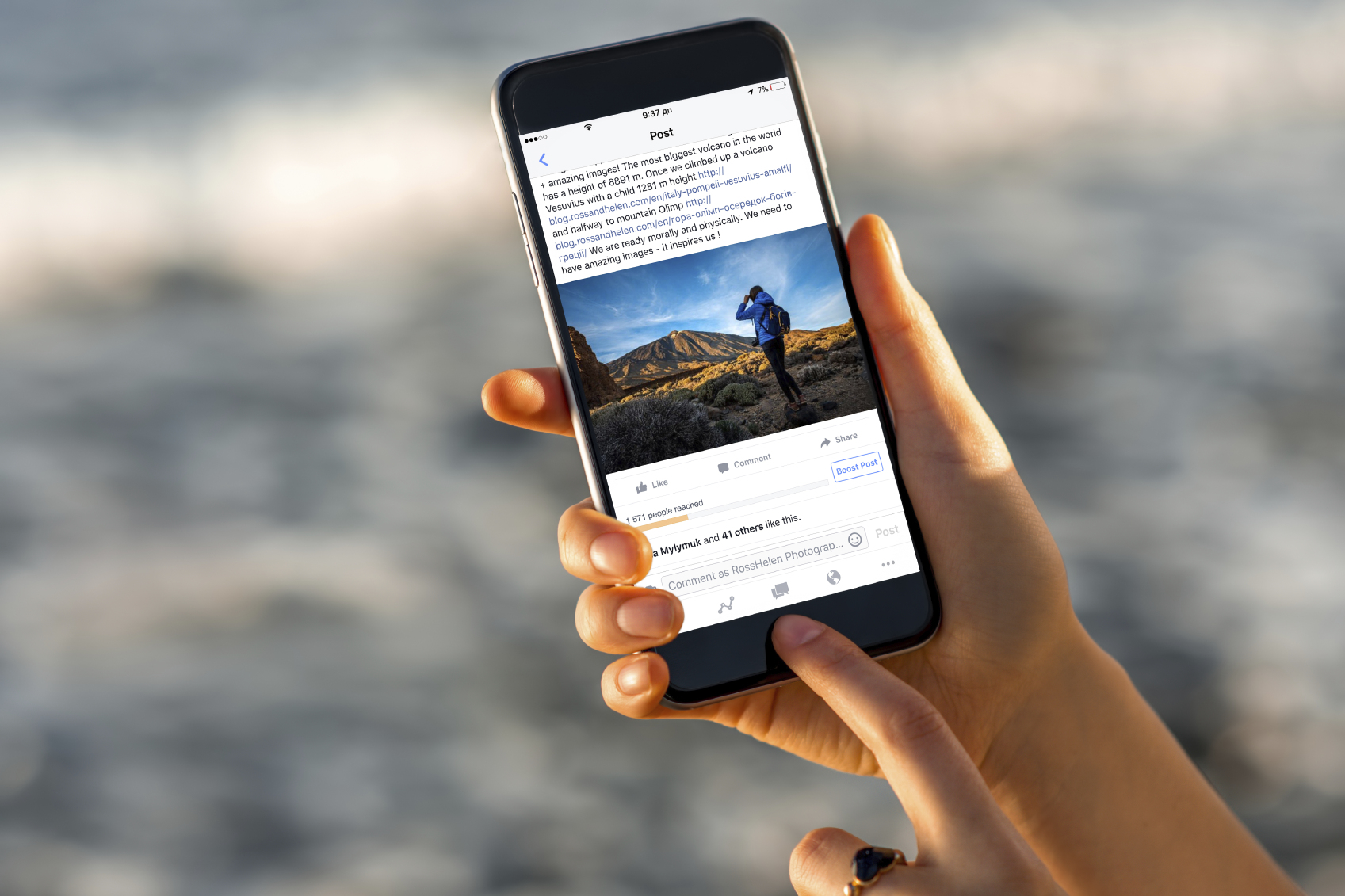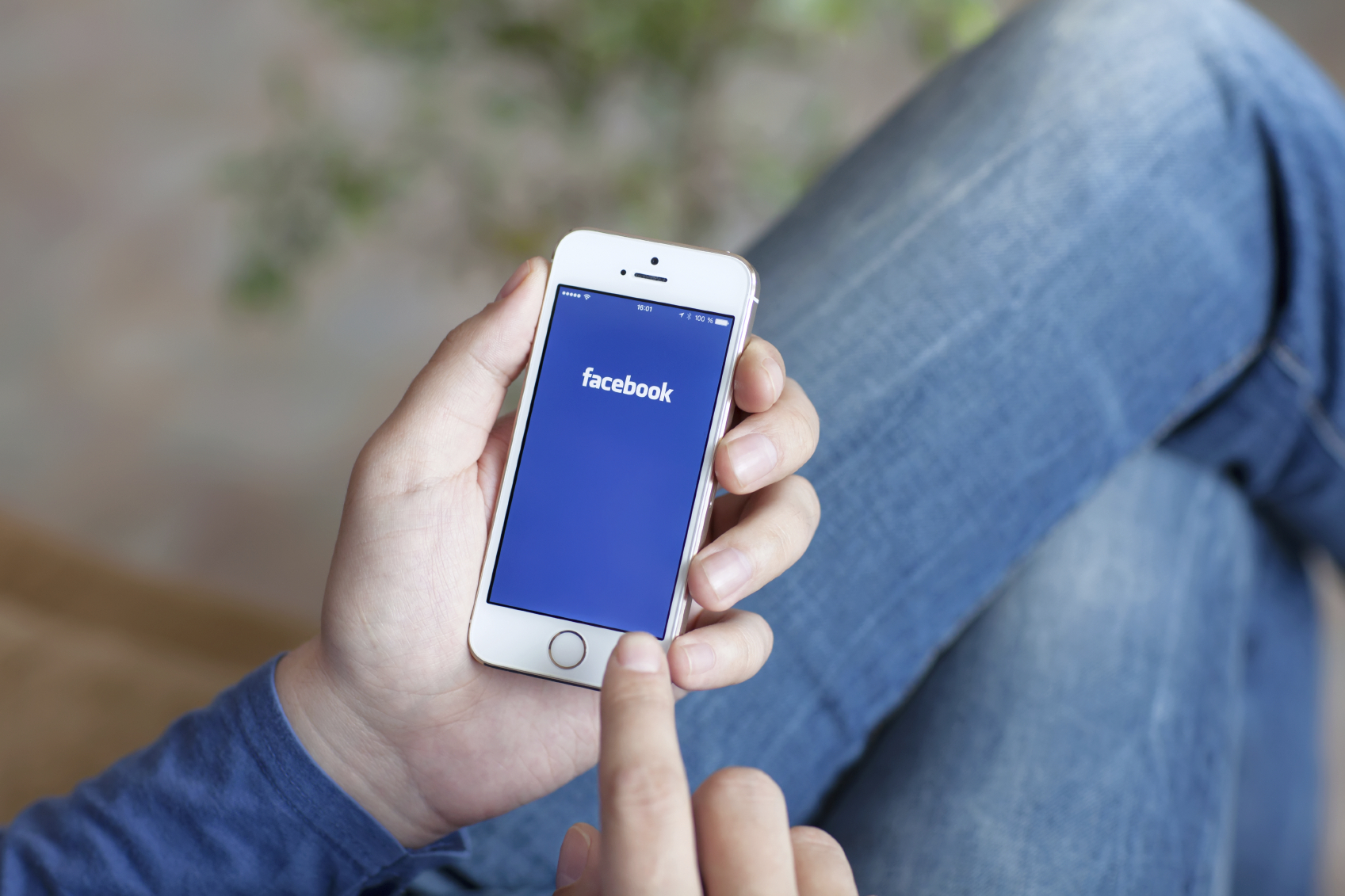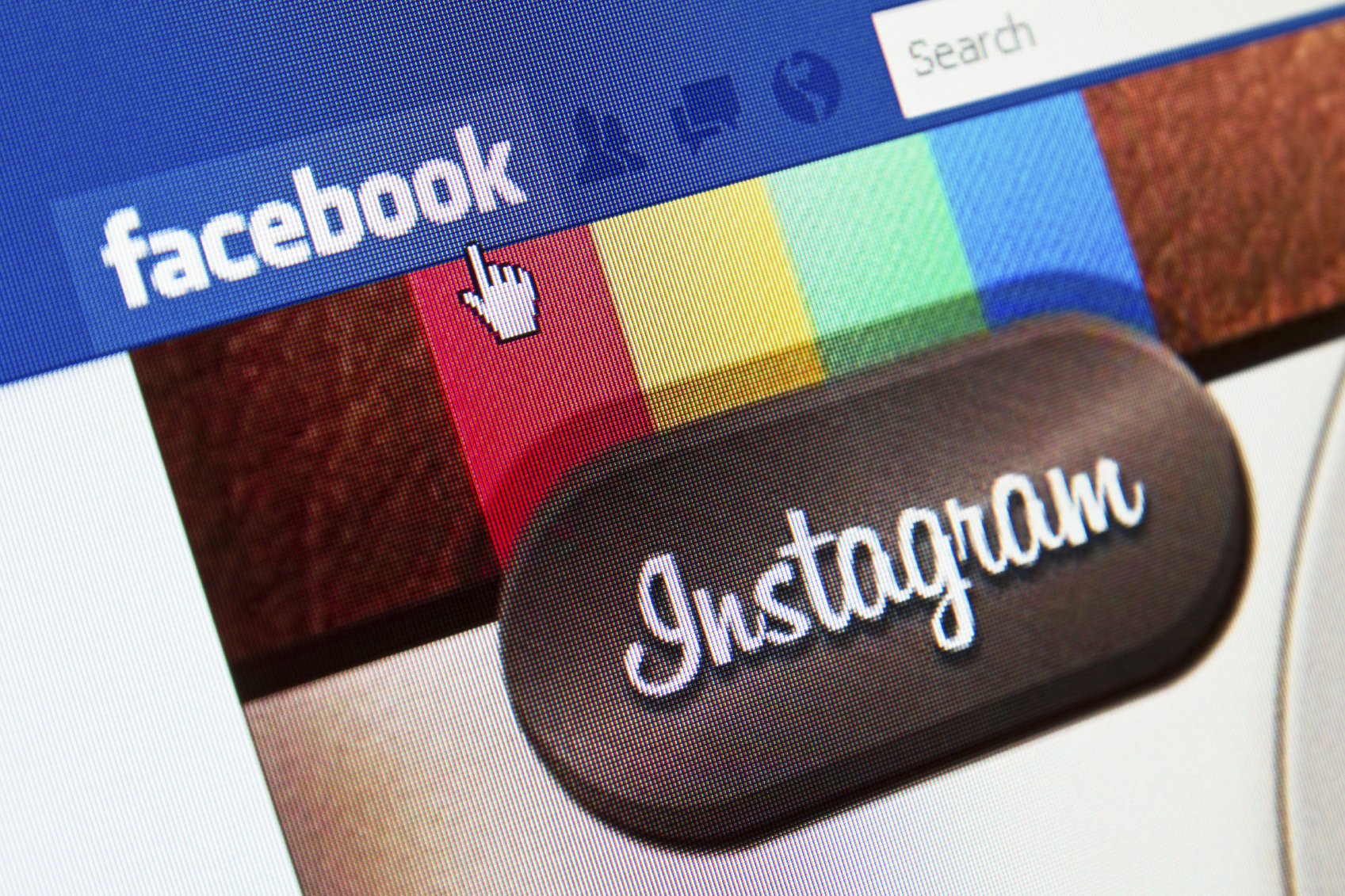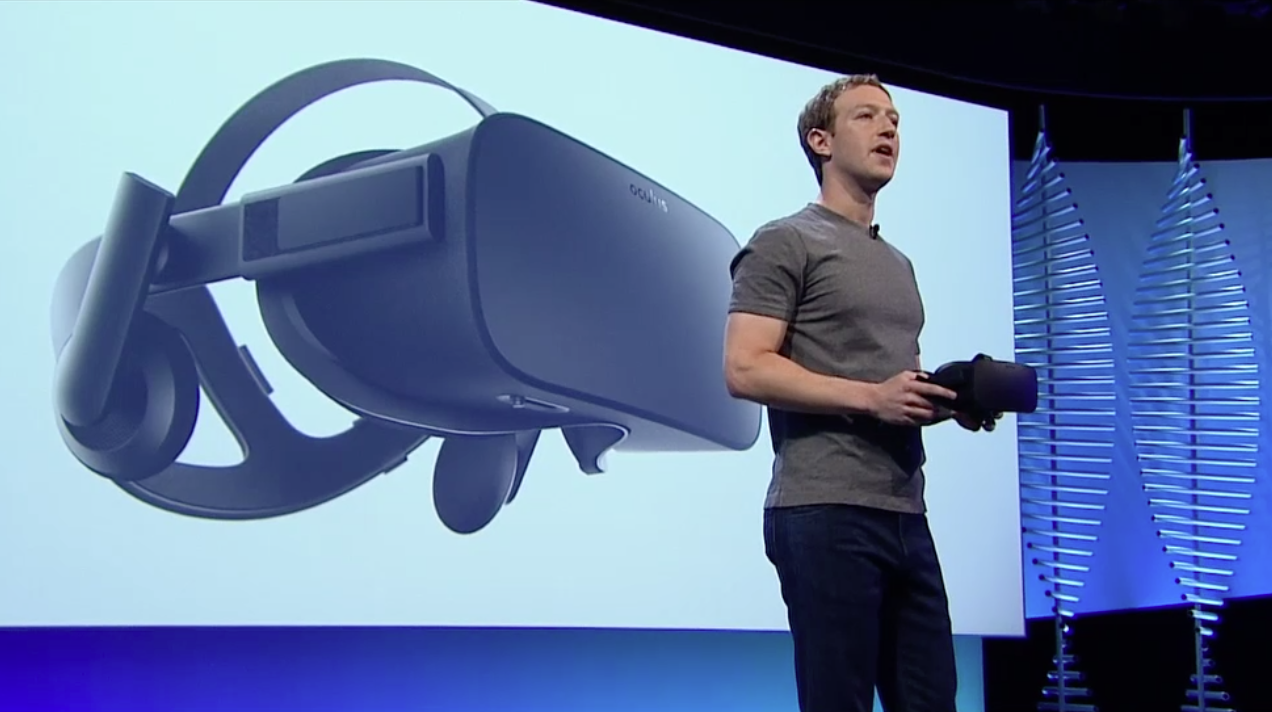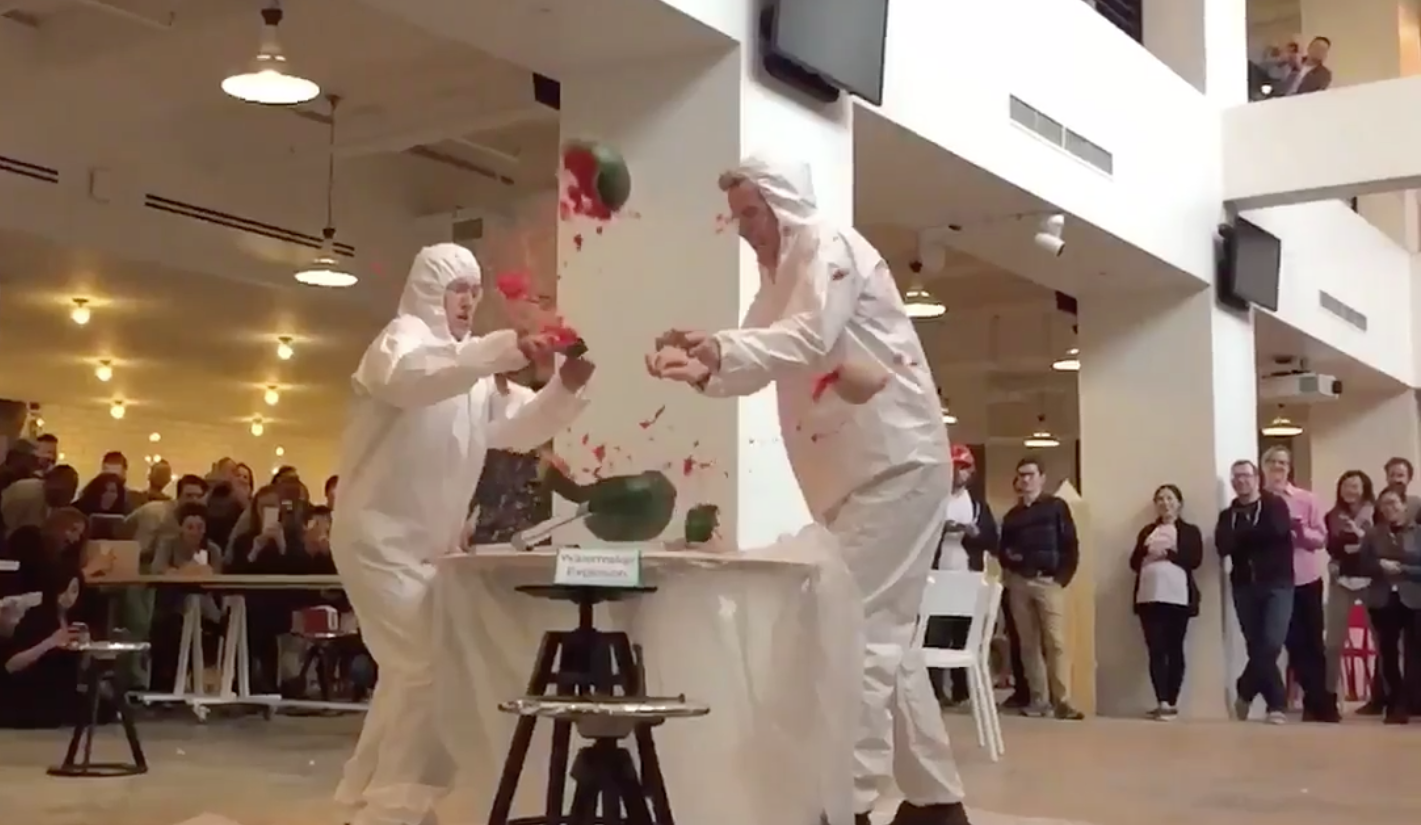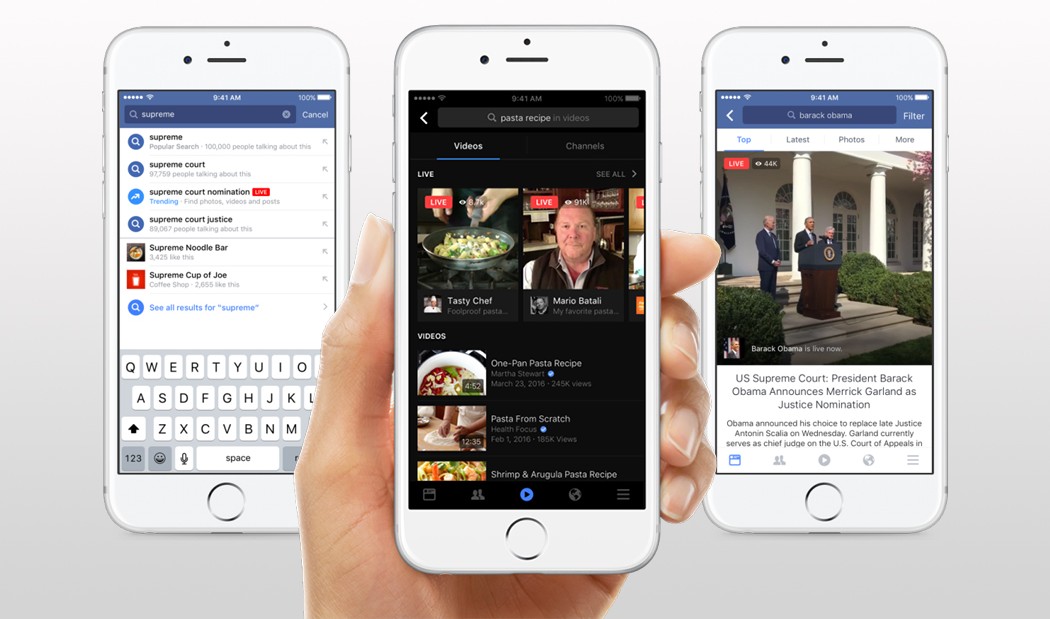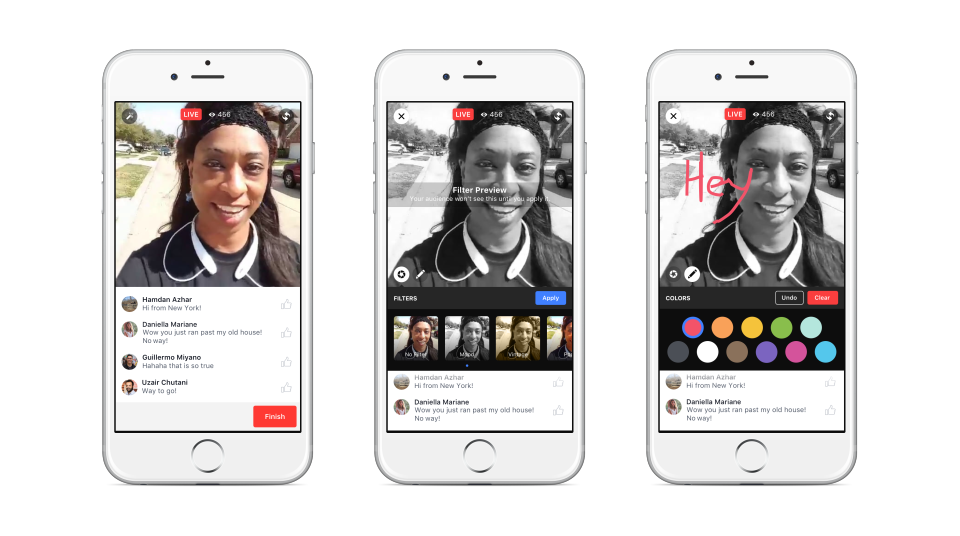Your guide to tech-driven changes in the media landscape by IPG Media Lab. A fast read for you and a forward for your clients and team.
• Facebook launched Messenger Platform to help brands to communicate with users
• Live Video with API strengthens video and video ads on Facebook
• New tools for app owners and VR content creators
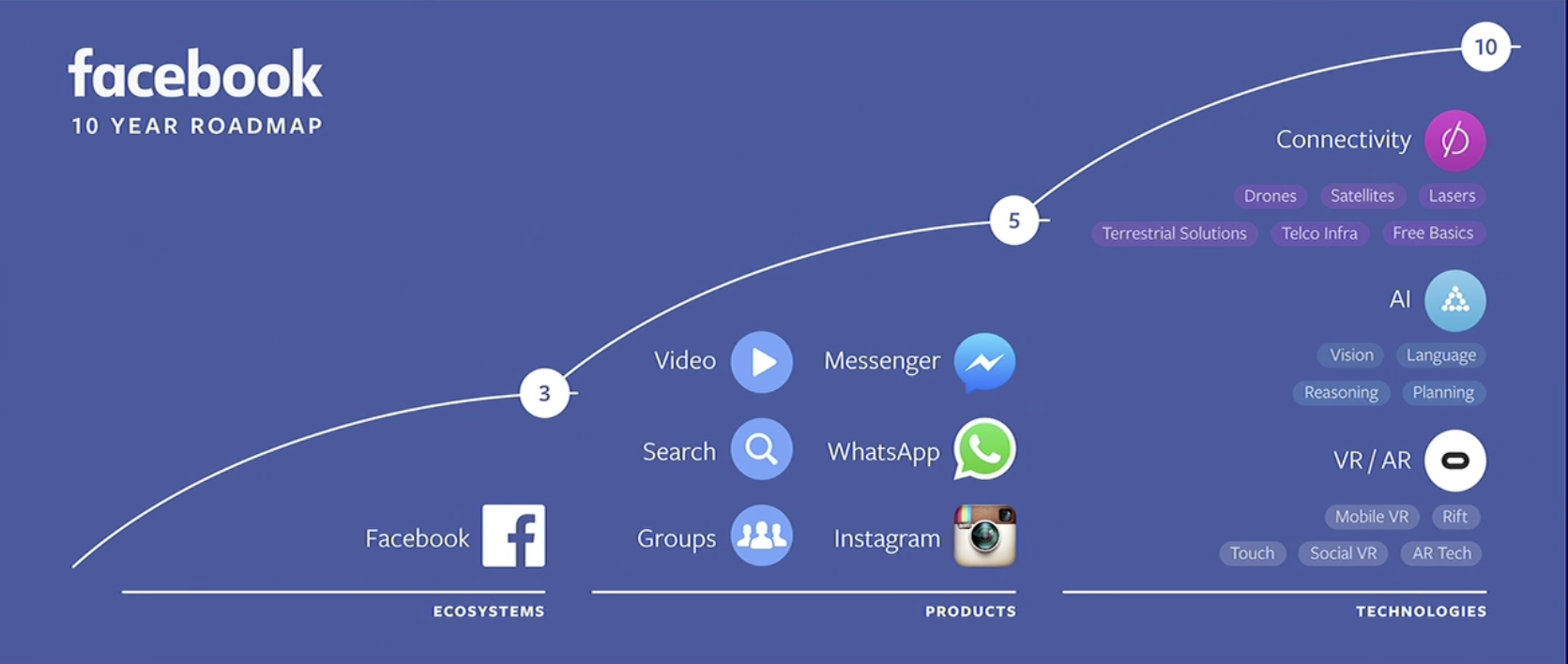
What Facebook Announced
At its annual developer conference on Wednesday, Facebook discussed their ten-year roadmap and introduced a number of new features to improve its platform and make it easier for brands to connect with Facebook users. Following Microsoft’s launch of a bot framework two weeks ago, Facebook is introducing chat bots and developer tools to its messaging app with the debut of Messenger Platform. During his opening keynote, Facebook CEO Mark Zuckerberg demoed chat bots from CNN and 1-800-Flowers to showcase how chat bots can help publishers and businesses communicate with users on Messenger. While there will not be a curated bot store, the Messenger team does promise to help with discovery, mostly via search.
Facebook also introduced a Live API so that developers can live stream video to Facebook from any app or device. The new API should vastly expand the reach of Facebook’s Live video broadcasts as it allows lots of new broadcasting methods, like the use of multiple cameras, drones, and new devices. This is in sharp contrast to Facebook’s biggest live-stream competitor, Twitter’s Periscope, which requires streaming from a single smartphone. Therefore, FB Live can scale from a front-facing smartphone camera through TV production quality equipment and has already shown it can draw audiences that rival cable TV with the right content.
Moreover, Facebook is diving deeper into virtual reality with an open-source Surround 360 camera rig to help professional content creators capture 360-degree video with minimal post-processing. It is also looking to ship the Touch controllers for Oculus VR later this year to add interactivity to virtual reality. Zuckerberg also teased some multiplayer features that Facebook is working on to make virtual reality a more social experience.

Facebook continues to build out its ecosystem with to two new tools: Account Kit and a new “Save to Facebook” button. With Account Kit, developers can streamline account signup and login, extending the popular “Login with Facebook” feature to users without Facebook accounts. Facebook is also expanding the four-year-old “Save for Later” feature with a new “Save to Facebook” button, which enables users to save content from third-party sites to read or watch later in the Saved tab Facebook.
Facebook also shared some interesting stats on its fast-loading Instant Articles program. Since launch, Facebook says posts in Instant Articles have logged 20% more opens and a 70% lower abandonment rate than other content. They also report an average of 30 seconds of engagement on Canvas Ads.
What Brands Need To Do
• Develop useful bots to reach customers on the messaging apps they’re already using
• Take advantage of the emerging popularity of live streaming to connect with consumers in real time
• Start producing branded VR and 360 video content to immersively engage consumers
As Messenger hits 900 million monthly users, there is no denying that it is important for brands to be present on Facebook’s messaging platform to connect with those users. With the launch of Messenger Platform, Facebook is making it possible for brands to build bots to communicate and serve customers directly on Messenger. For example, Facebook showcased a shopping assistant bot from Spring, which suggests appropriate items for shoppers to purchase directly on Messenger. Facebook’s demo shows that chat bots can be trained with basic responses on a web interface with no code while more in-depth responses require custom development, aided by Facebook’s new Bot Engine tools. Particularly interesting here is the Customer Matching feature, which allows brands to sync up customer profiles and conversations across Messenger and SMS.

With the Live API, Facebook is making it easier for brands and developers to integrate its relatively new live-streaming feature into their apps, platforms, and even devices. As we noted recently, live-streaming video is starting to blow up thanks to Facebook. Live video content lends an authentic touch to brands, which millennials seem to embrace. For brands looking to experiment with live-streaming, they should be prepared on the technical front to ensure a smooth broadcast, but also willing to roll with the punches and embrace the unexpected.
As Facebook makes a strong push for VR and 360-degree videos, brands would be smart to seize the opportunity and work closely with content creators to craft interactive VR experiences to intrigue and engage consumers. The new Facebook Surround 360 camera should be a great tool for brands to produce 360-degree content, and the coming interactive and social features should help make virtual reality a more powerful tool for brands to create immersive branded content to engage their audiences with.
How We Can Help
The Lab is actively producing 360 content, chat bots, and live social video products for our clients. Please contact Client Services Director Samantha Holland ([email protected]) if you would like more detail or to schedule a visit to the Lab to discuss how your brand can better serve your customers with these emerging platforms.
For previous editions of Fast Forward, please visit ipglab.com. Please reply with any constructive criticism or feedback. We want these to be as useful as possible for you and your clients, and your input will help us immensely.
All pictures featured courtesy of the F8 Livestream
